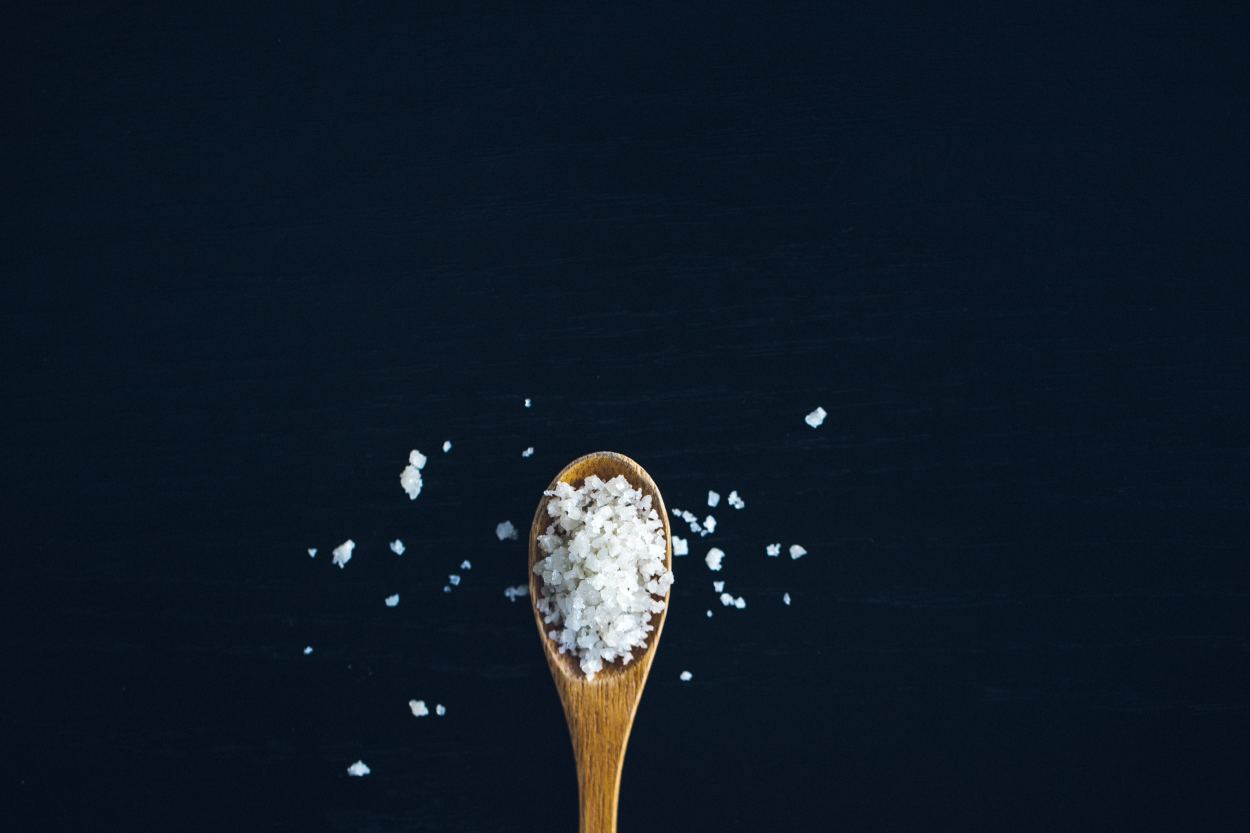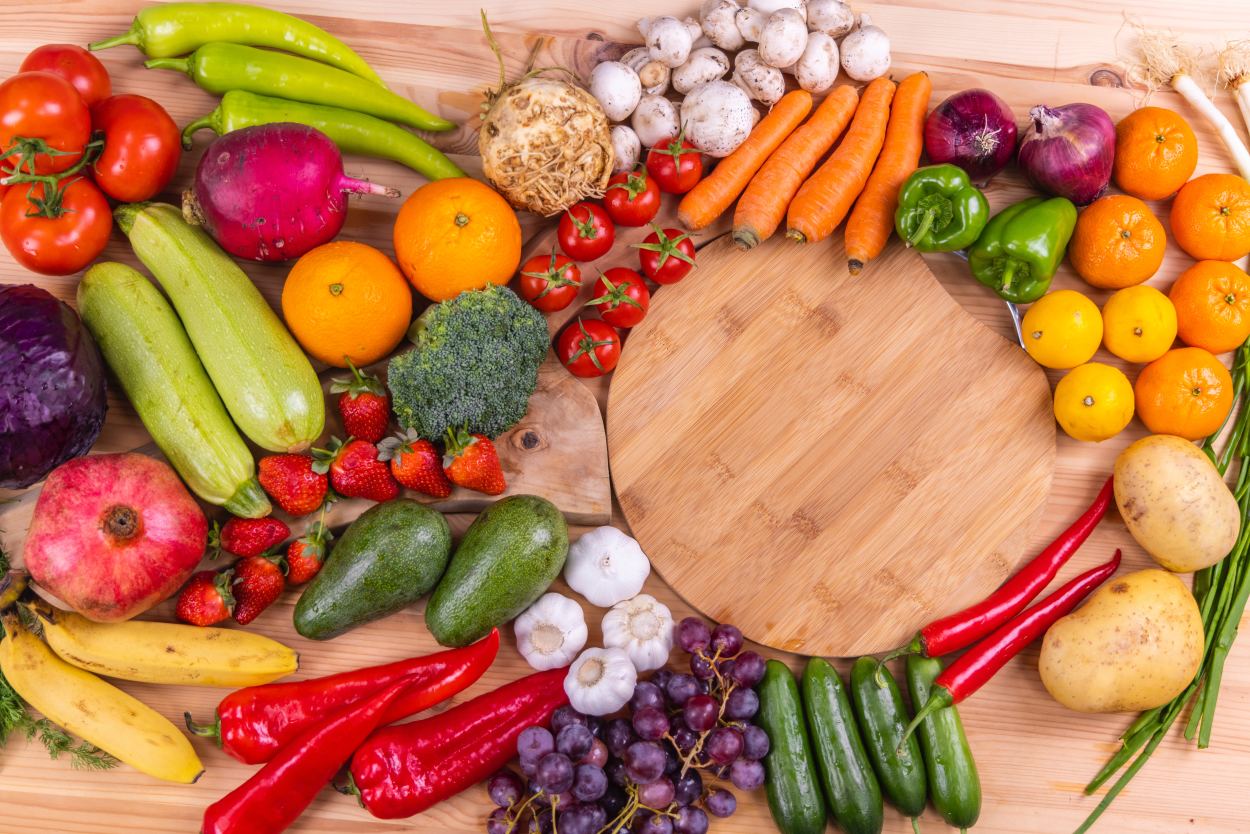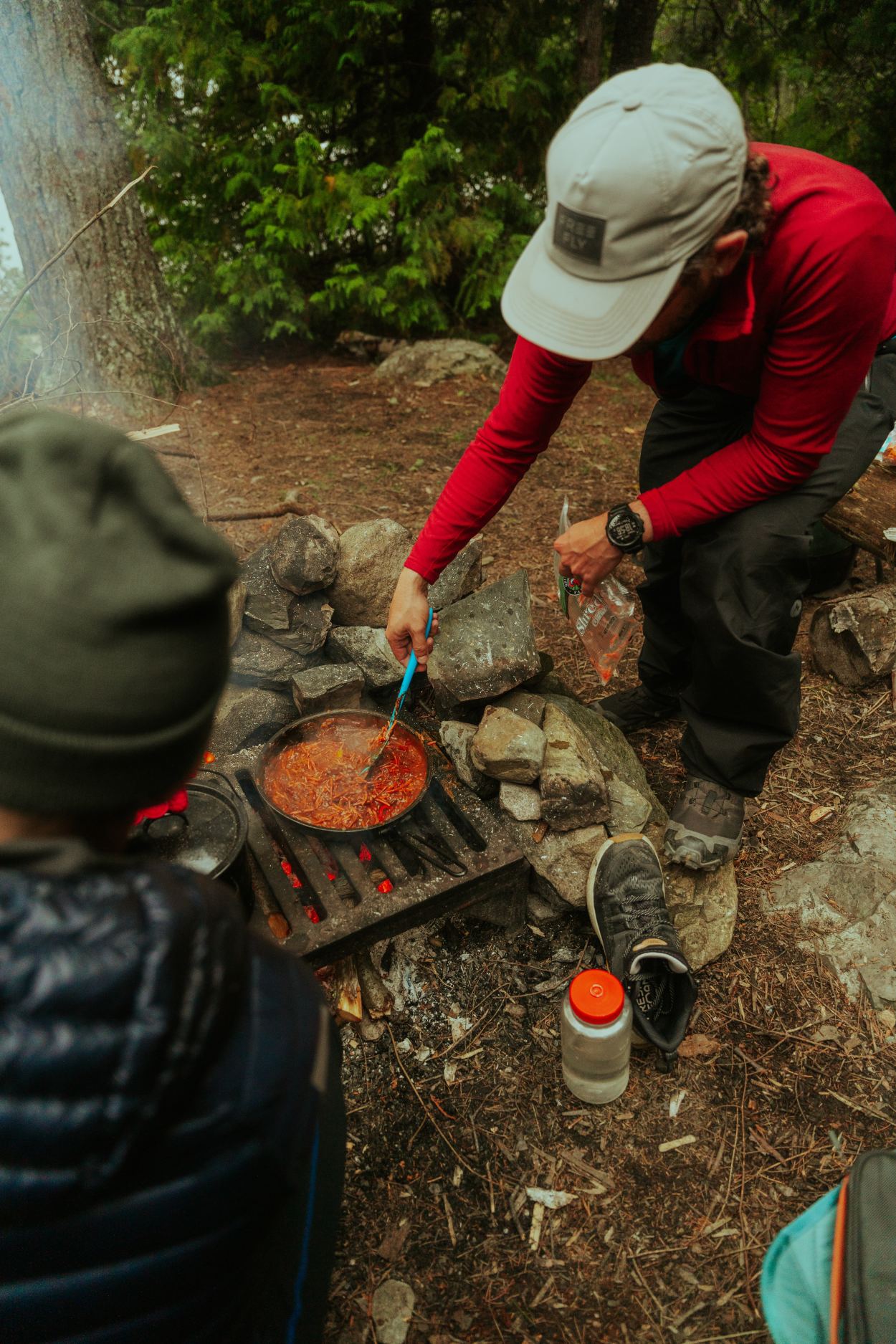Low Sodium Backpacking: Crafting Flavorful & Healthy Trail Menus
Justin
January 31, 2024

Understanding Sodium Intake in Backpacking Foods
Backpacking demands careful consideration of nutrition without compromising taste or weight. High sodium intake, often found in processed or pre-packaged foods, can lead to dehydration, increased risk of health issues, and discomfort during extended treks. Crafting a low-sodium backpacking menu ensures sustained energy and wellness on the trail.
Essential Low-Sodium Backpacking Foods

1. Fresh and Dehydrated Fruits and Veggies
Carrying fresh fruits like apples, oranges, or berries provides hydration and vital nutrients without added salt. Dehydrated versions of fruits and veggies, easily portable and lightweight, serve as excellent snacks or meal additions.
2. Whole Grains and Seeds
Whole grains such as quinoa, brown rice, or couscous offer a hearty base for backpacking meals without high sodium content. Pack them in reusable, lightweight containers to prepare nutritious meals on the trail. Seeds like chia, flax, or pumpkin seeds can elevate the nutritional value of your meals without added sodium.
3. Lean Proteins with Minimal Sodium
Canned tuna or salmon in water are convenient protein sources with low sodium levels. Opt for single-serving packets or cans to minimize weight. Consider dehydrated or freeze-dried beans, lentils, or tofu for plant-based protein options without excessive salt.
4. Unsalted Nuts and Trail Mixes
Create your custom trail mix with unsalted nuts, seeds, and dried fruits. This homemade mix provides a balance of healthy fats, protein, and carbohydrates essential for sustained energy during backpacking.
5. Low-Sodium Seasonings and Herbs
Pack herbs and spices for flavor enhancement without the sodium. Consider options like garlic powder, onion powder, cumin, paprika, and various dried herbs to season your meals.
Meal Planning Tips for Low-Sodium Backpacking Menus

Homemade Dehydrated Meals:
If you have ever paid attention to sodium, it quickly becomes clear that pre-packaged meals, even dehydrated ones are full of sodium. To help not only with cost but also with controlling sodium, try preparing dehydrated backpacking meals at home! Dehydrate cooked quinoa or pasta along with dehydrated veggies and spices for convenient, low-sodium meals.
Fresh Ingredients:
Opt for fresh produce to reduce sodium intake. Catrry veggies like bell peppers, cucumbers, and carrots for snacking or adding to meals.
Hydration Strategy:
Consume plenty of water to counterbalance the reduced salt intake. Electrolyte powders or tablets can supplement essential electrolytes lost through sweat.
Sample Low-Sodium Backpacking Menu
Breakfast:
Overnight oats with unsalted nuts, dried fruits, and a sprinkle of cinnamon.
Lunch:
Whole grain pita pockets with canned tuna (packed in water) and fresh veggies.
Snacks:
Fresh apples, homemade trail mix with unsalted nuts and dried berries, or veggie sticks with hummus.
Dinner:
Quinoa with dehydrated vegetables and seasoned with low-sodium spices, accompanied by canned salmon (in water).
Dessert:
Dark chocolate or dried fruits for a satisfying end to the day.
Crafting a low-sodium backpacking menu involves planning and creative meal preparation. By prioritizing fresh ingredients, minimal processing, and thoughtful seasoning, backpackers can relish flavorful and nutritious meals without the drawbacks of excessive sodium intake. With smart food choices and preparation, you can sustain energy levels, stay hydrated, and fully enjoy the outdoor adventure while maintaining a low-sodium diet.